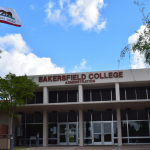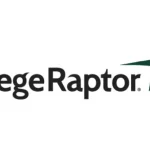The amended Section 508 of the Rehabilitation Act mandates that federal websites be accessible for disabled individuals and encourages organizations receiving federal funds to do the same. Although 508 compliance does not automatically apply to institutions of higher education, there are a number of schools who have adopted the federal standards on their own or have been compelled to do so based on state government accessibility rules.
Drawing from the recommendations by the U.S. Department of Education for schools to improve website accessibility, here are three tips to increase usability of your financial aid website content for persons with disabilities:
1. Provide alternative text for non-text item like images or graphics. Visually impaired students use text-to-speech converter programs. By offering alternative text for non-text items, you enhance the visually impaired students’ understanding of how the images or graphics explain concepts on your webpages.
2. Offer alternative text for multimedia alternatives like videos and audio. By using captions or transcripts, you make the multimedia content accessible to those who are deaf or hard of hearing. The most common form used is closed captions to achieve this form of accessibility. The use of closed captions enhance reading and listening comprehension as well as contains dialogue and audio cues for content like music or sound effects.
3. Do not rely on color alone to convey meaning. With over 7 million Americans being affected by color blindness, these people represent the largest segment of the disabled population. Webpages can be developed with a non-color-coded alternative. Also, if you still want to use color to convey meaning, consider adding underlining, bolding, or using a slightly different visual effect to help users with color deficiencies to understand.















